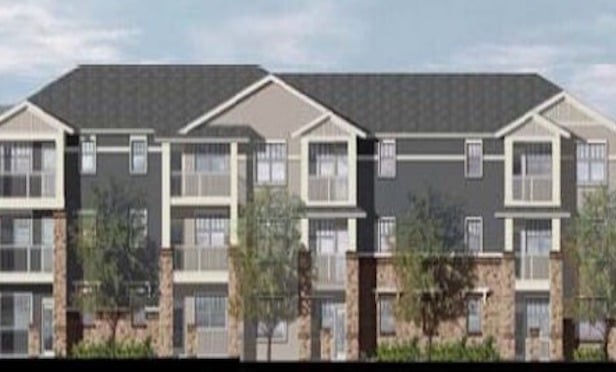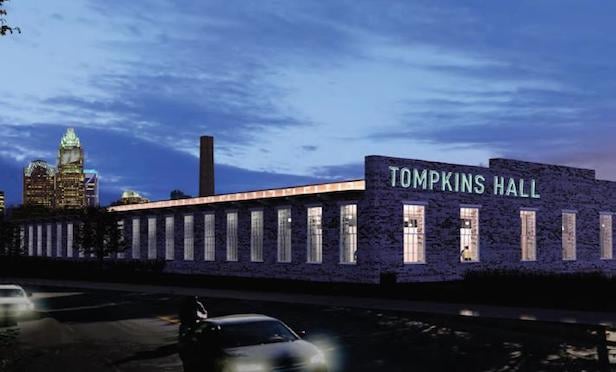The buildings in the Novant portfolio are 100% occupied by divisions of the Novant Healthcare System. Together they consist of just under 250,000 square feet of medical warehouse, accounting, human resources and IT office space.
Over the next two years, Yerrall expects his company to go on a buying spree, snapping up medical office buildings in the US using $150 million of equity. In addition to the Novant Health buildings, RiverOak, which is in a joint-venture with a Persian Gulf investor, plans to acquire an additional medical building, this one in Georgia, in May, for $6 million. The purchase of a sixth building outside of Charlotte, is expected to close in June for under $10 million.
Yerrall says that his company is targeting medical office buildings, because healthcare, as a percentage of GDP, is growing, and could soon reach 20%. Plus, another 30 to 40 million people will be added to the system, because of the recent healthcare reform legislation, he says. RiverOak is targeting secondary markets, because they are less expensive than medical office buildings in the major cities.
Healthcare as a business is recession-resistant, says Yerrall. "The leases on these buildings are single tenant, triple net leases, which means the tenant pays all the operating expenses. Triple net lease real estate is not as subject to change in value as conventional office buildings are," he says.
Medical tenants require a more elaborate build-out than other kinds of office buildings, especially when it comes to plumbing and electricity, says Yarrell. The typical non-medical tenant build out in North Carolina may cost, for example, $30 per square foot, compared to a medical tenant's $100 per square foot, he says. "But, if the landlord lengthens the lease, he can amortize the improvements," says Yerrall.
Finally, one of the best reasons to buy medical office buildings can be found in an analysis done by Trepp, LLC, a provider of data on the commercial mortgage-backed securities market. As of the end of March, according to Trepp, healthcare buildings had the lowest delinquency rate, 4.33%, of all the major commercial real estate sectors. The next best sector was office with a 4.7% delinquency rate and the worst was hospitality with a whopping 16.96%. While the CMBS market only accounts for 25% of the overall healthcare market, this relatively low delinquency rate may still be a good indication of the sector's overall health.
© Touchpoint Markets, All Rights Reserved. Request academic re-use from www.copyright.com. All other uses, submit a request to [email protected]. For more inforrmation visit Asset & Logo Licensing.






